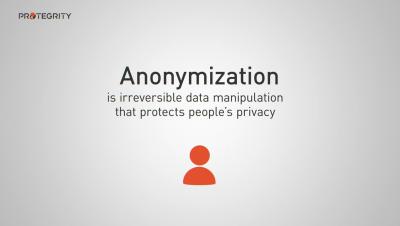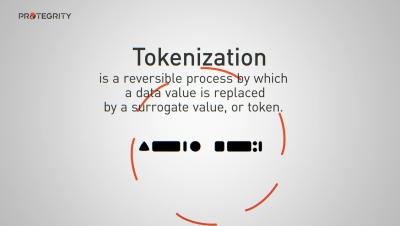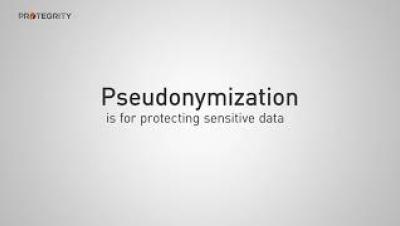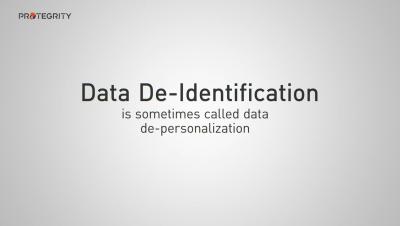Anonymization: Safeguarding Sensitive Information - Permanently
What is anonymization? InfoSec teams can utilize anonymization to irreversibly scramble sensitive data values, thereby protecting an individual’s private information. If the sensitive information can no longer be linked to an individual, businesses have a better chance of saving on audits, complying with regulatory requirements, and scaling their ability to compete – all leading to revenue increases for your bottom line.











